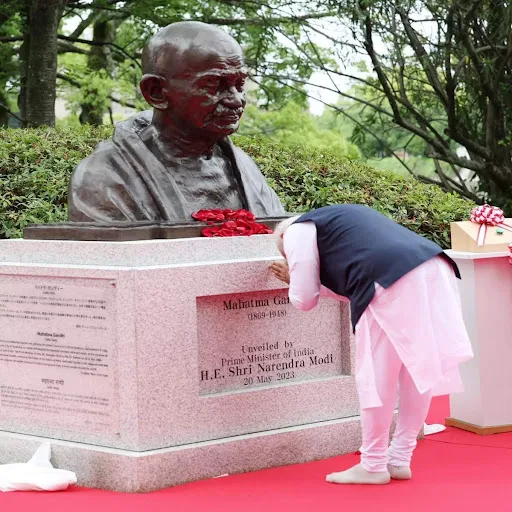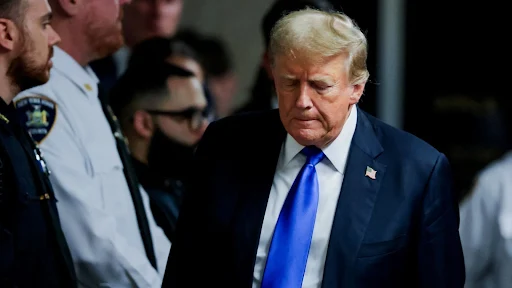The international community has long grappled with the complex and contentious issue of recognizing Palestine as a sovereign state. Recent moves to recognize Palestine have sparked debates, stirred emotions, and prompted reactions from various stakeholders. However, beyond the immediate ramifications, the act of recognizing Palestine holds the potential to set off a chain reaction of diplomatic, political, and socio-economic consequences, both regionally and globally.
Diplomatic Dominoes:
When one nation takes the bold step of recognizing Palestine, it sends a powerful message to the rest of the world. Such recognition can influence other nations to follow suit, creating a ripple effect in diplomatic circles. As more countries recognize Palestine, it amplifies the legitimacy of the Palestinian cause and strengthens their position in international forums.
Regional Dynamics:
In the volatile landscape of the Middle East, recognition of Palestine could reshape regional dynamics. It may foster greater cooperation among Arab nations and create opportunities for renewed peace negotiations between Palestine and Israel. Conversely, it could also escalate tensions with Israel and its allies, leading to further polarization in the region.
Global Implications:
The recognition of Palestine reverberates far beyond the borders of the Middle East. It resonates with broader themes of self-determination, human rights, and international law. For countries advocating for a rules-based global order, recognizing Palestine aligns with principles of sovereignty and equality among nations.
Economic Consequences:
The recognition of Palestine can also have economic implications. It may open up avenues for trade, investment, and development assistance to Palestine, bolstering its economy and improving the livelihoods of its people. Conversely, it could result in economic sanctions or boycotts against countries that choose to recognize Palestine, creating economic pressures and reshaping global trade dynamics.
Humanitarian Considerations:
At its core, recognition of Palestine is a matter of human rights and justice. It acknowledges the plight of the Palestinian people and their aspirations for statehood, dignity, and freedom. By recognizing Palestine, countries signal their commitment to upholding the rights of marginalized communities and advancing the cause of peace and reconciliation.
Challenges and Controversies:
Despite its potential benefits, the recognition of Palestine is not without challenges and controversies. It may strain diplomatic relations with Israel and its allies, trigger backlash from powerful lobbies, and exacerbate existing conflicts in the region. Moreover, the issue of Palestine is deeply entrenched in historical grievances and geopolitical rivalries, making it a complex and sensitive matter for policymakers to navigate.
Conclusion:
In a world fraught with challenges and uncertainties, the recognition of Palestine offers a glimmer of hope for a more just and equitable future. It represents a symbolic gesture with profound implications for diplomacy, regional stability, and global solidarity. As more countries recognize Palestine, they contribute to a growing momentum for change and set the stage for a new chapter in the quest for peace in the Middle East and beyond.


































